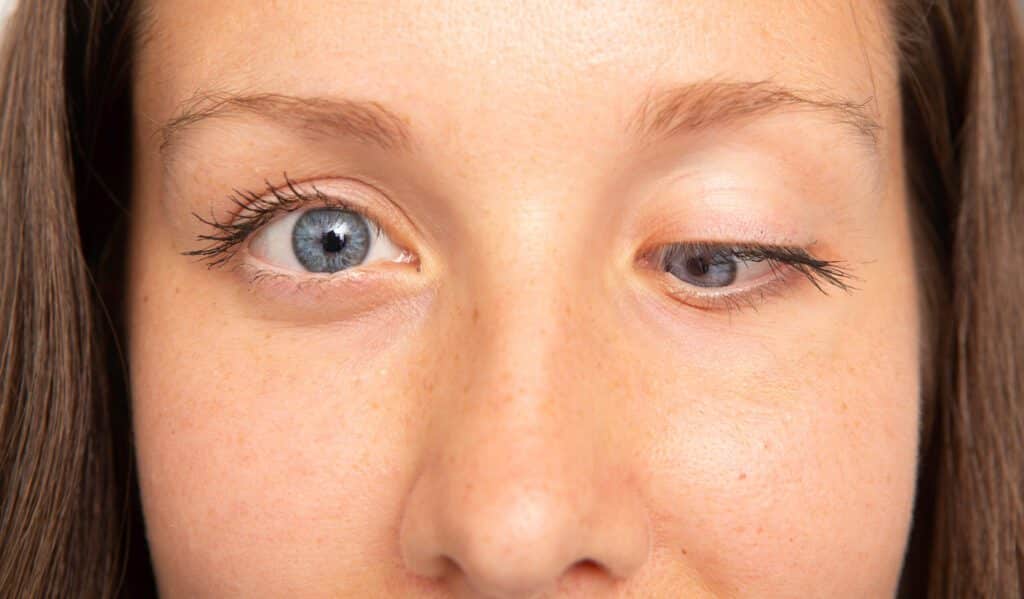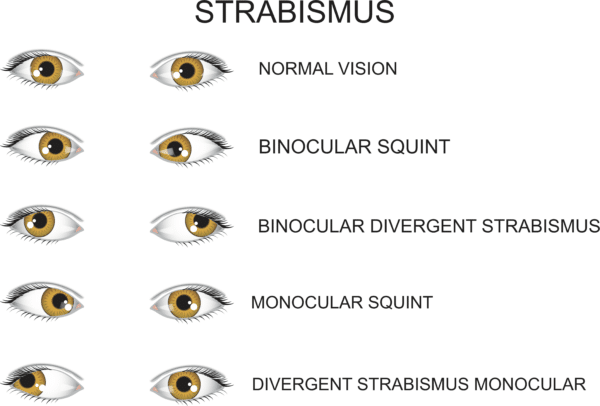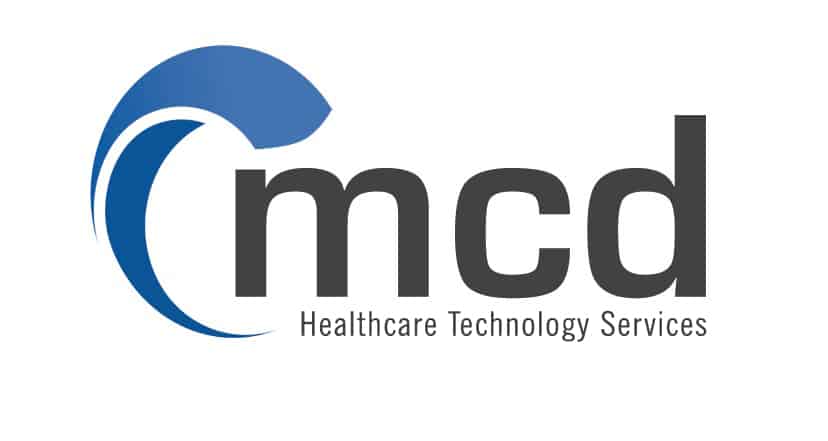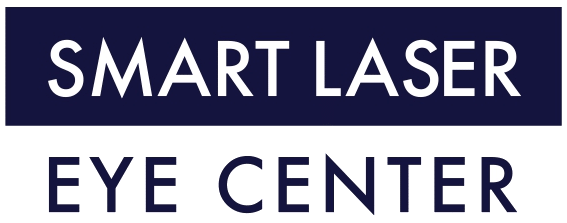Crossed Eye Surgery – Strabismus
Crossed Eye Surgery – Strabismus
What is Strabismus (Crossed eye) ?
Strabismus, or Crossed Eye or Squint, as it is known, occurs with involuntary shifting of the eye. Especially Strabismus is a condition where the eyes are in the wrong position andlook towards different points. While one of the eyes is looking straight ahead, the other is looking outward, inward, or down. Wrong position may be obvious all the time, or it may appear in some directions. Also, extra ocular muscle Crossed Eye Surgery is performing to correct strabismus. Particularly, in strabismus, there is a shift of any of the eyes in the horizontal, vertical, or Torsion direction and can affect children or adults.
Strabismus Categories
Generally, the Squint can be categorize as congenital, acquired, restrictive, or paralytic. Especially, the aim of the Crossed Eye Surgery is to return the eyes to their normal anatomical position and maximize the potential for equal vision (binocularity) with both eyes. Among other indications, it is aimed to eliminate the vision of a single object as two adjacent images horizontally, vertically or obliquely, to relieve mechanical restriction or to restore the normal head position.
Also, in cases of nystagmus, it is possible to improve vision by surgical intervention. During Crossed Eye Surgery, muscles locates outside the eyeball can be operate either individually or more than once. Procedures are performing on both eyes are common. In some cases, adjustable suture surgery can be perform. Generally, Crossed Eye Surgery is performing under general anesthesia while the patient is asleep. However, in some cases, local anesthesia can be possible. Therefore, local anesthesia can be use for standard “muscle wasting” procedures in surgical patients who are good candidates for conscious sedation.
Strabismus can be categorized by the direction of the turned or misaligned eye:
- Introversion (esotropia)
- Outward turning (exotropia)
- Upturn (hypertropia)
- Downturn (hypotropy)
Other factors that help determine the cause and treatment of strabismus:
- Did the problem appear suddenly or over time?
- Was it present in the first 6 months of life or did it appear later?
- Does it always affect the same eye or does it alternate between eyes?
- Is the degree of rotation small, medium or large?
- Is it always there, or is it just a fraction of the time?
- Is there a family history of strabismus?
What are the types of strabismus?
There are several forms of strabismus. The two most common are:
Adaptive Esotropia:
Usually this occurs in cases of uncorrected farsightedness and a genetic predisposition (family history) of eyes turning inward. Since the ability to focus depends on where the eyes are looking, it takes the extra focusing effort required to keep distant objects at bay. Especially, sharp focus can cause eyes to turn inward. Also symptoms includes double vision, closing one eye when looking at something nearby, and tilting or turning the head. Particularly, this type of strabismus typically begins in the first few years of life. Generally, this condition is usually treated with glasses. Additionally, this may require eye patches and/or Crossed Eye Surgery on the muscles of one or both eyes.
Intermittent exotropia:
Especially, in this type of strabismus, one eye is fix (concentrating) on a target, while the other eye looks out. Also, symptoms includes double vision, headache, difficulty reading, eyestrain, and closing one eye when looking at distant objects or in bright light. Particularly, while the ocular deviation may be notice by others, patients may have no symptoms. Intermittent exotropia can happen at any age. Additionally, treatment may includes glasses, patches, eye exercises and/or Crossed Eye Surgery on the muscles of one or both eyes.
Infantile esotropia:
Another type of strabismus is infantile esotropia. This condition appears by a large amount of inward turning of both eyes in infants. Generally, this is typically beginning before six months of age. Usually there is no significant amount of farsightedness and the glasses do not correct the transition. Accordingly, introversion may begin sporadically, but soon becomes inherently stable. Also, it can be understandable when the child looks far and near. Therefore, the treatment for this type of strabismus is surgery of the muscles of one or both eyes to correct the alignment.
Also, adults can experience strabismus. Most commonly, ocular misalignment in adults is cause by stroke. Generally, it can be cause by physical trauma or a previously untreated or relapsed or advanced childhood strabismus. Strabismus in adults can be treat in a variety of ways, including observation, patching, prism glasses, and/or strabismus surgery.
What causes strabismus?
Most strabismus is cause by an abnormality of the control of the muscle nerves of eye movement. Although we do not have full knowledge of the information about the center that controls these muscles in the brain. Although, new data are obtain as a result of research. Less commonly, there is a problem with the actual eye muscle. Generally, strabismus is often inherit, and about 30 percent of children with strabismus have a family member with a similar problem.
Other conditions associated with strabismus include:
- Uncorrected refractive errors.
- Stroke (the leading cause of strabismus in adults).
- Head injuries, which can damage the area of the brain responsible for control of eye movement, the nerves that control eye movement, and the eye muscles.
- Neurological (nervous system) problems.
- Graves’ disease (overproduction of thyroid hormone).
- Poor vision in one eye.
- Cerebral palsy.
- Down syndrome (20-60% of these patients are affected).
- Hydrocephalus (a congenital disease that results in a buildup of fluid in the brain).
- Brain tumors.
How is strabismus diagnosed?
Anyone over the age of four months who appears to have strabismus should undergo a full eye exam by a pediatric ophthalmologist. With extra time spent examining how the eyes focus and move.
The tests to be done are as follows:
- Patient history (to determine the patient’s symptoms, family history, general health problems, medications use, and other possible causes of symptoms).
- Visual acuity (reading letters from an eye map or studying the visual behavior of young children).
- Refraction (checking the eyes with a set of corrective lenses to measure how they focus light).
- Children do not need to be old enough to give verbal feedback when checking their glasses.
- Alignment and focus tests.
- Examination after dilation (widening) of the pupils to determine the health of the internal structures of the eye.
How is strabismus treated?
Treatment options include:
- Glasses or contact lenses: Apply in patients with uncorrected refractive errors. With corrective lenses, the eyes need less focusing effort and can stay straight.
- Prism lenses: Special lenses that can bend light entering the eye and help reduce the amount of rotation of the eye to look at objects.
- Orthoptic (eye exercises): It may work on some types of strabismus. Especially on the lack of convergence (a type of exotropia).
- Medications: Eye drops or ointments. Also, injections of botulinum toxin type A (like Botox) can weaken an overactive eye muscle. These treatments can be use with or instead of surgery, depending on the patient’s condition.
- Eye Patching: To treat amblyopia (lazy eye) if the patient has strabismus at the same time. Also, vision can improve the control of eye misalignment.
- Eye muscle surgery: Surgery changes the length or position of the eye muscles to align the eyes correctly.
Generally, Crossed Eye Surgery is apply under general anesthesia with dissolving stitches. Sometimes adults need adjustable strabismus surgery. Which eye muscle positions must be adjust after surgery.
What can happen if strabismus is not treated?
Unfortunately, it is popularly believe that children will overcome Squint or heal on their own. In reality, this is not true and if strabismus is not treat in childhood. Therefore, the patient may worsen in the future.
If the Crossed Eye Surgery is not eliminate and the eyes are not align properly, the following complications may occur:
- Lazy eye (amblyopia) or permanent visual impairment in the spinning eye. When the eyes look in different directions, the brain takes two images. To prevent double vision, the brain may ignore the image from the spinning eye and this may result in poor vision development in that eye.
- Blurred vision and inability to enjoy hobbies and leisure activities, which can affect performance at school and work.
- Eye strain.
- Burnout syndrome.
- Headache.
- Double vision.
- Poor 3D vision.
- Shy and unconfident.
- It is also possible to miss a serious problem (such as a brain tumor causing the condition) by not being diagnosed with strabismus.
What can be expected after strabismus treatment?
In order to understand whether the patient is responding to the treatments and to make additional adjustments after the treatment. Especially, if necessary patient will definitely need to go to the eye surgeon regularly.
In children with strabismus, if the condition is caught early and treat appropriately, it can result in excellent vision and depth perception and protect against vision loss.
Especially, if you or your child have a strabismus problem, you can contact us immediately and make an appointment with our Oculoplastic Eye Surgeon who specializes in strabismus Crossed Eye Surgery.
Useful Links
Diabetic Retinopathy Disease. Macular Degeneration Treatments. Glaucoma Disease and Treatments. Retinitis Pigmentosa Disease and Treatments. Dry Eye Syndrome Treatments. Periodic Eye Examinations.
Your Expert Eye Surgeon
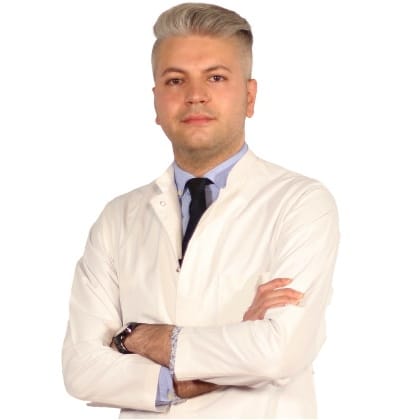
Education Information
He completed primary, secondary and high school in Baku. He graduated from Azerbaijan Medical Faculty in 2010. He completed his ophthalmology residency in Baku National Ophthalmology Center Azerbaijan . He was entitled to receive the Presidential Scholarship of the Republic of Azerbaijan in 2014, and completed the equivalence of specialization in Turkey in the Department of Ophthalmology, Faculty of Medicine, Selcuk University in 2014-2018, and worked as a research assistant and ophthalmologist at the university until 2018. He worked as an Ophthalmologist at Private LIV Hospital Nation between 2019-2022.Work experience:
- Selcuk University Faculty of Medicine
- Private LIV Hospital Ulus
Certificates, Memberships, Scientific Research:
- Peroperative developing choroidal detachment and its management.
- Surgical Approach in Posterior Polar Cataract.
- Iatrogenic retinal artery occlusion caused by cosmetic facial autologous fat filler injections.
- Effect of Smoking on Ocular Surface and Corneal Nerves.
- Lupus choroidopathy in a patient with discoid lupus erythematosus.
- Endophthalmitis and its treatment with early parsplanavitrectomy.
- Turkish Ophthalmology Association.
Specialized Treatments and Surgeries:
- Retractive Laser Eye Surgery: iLASIK (Femto Lasik), LASIK, LASEK, Trans Epithelial PRK (NO TOUCH) and SMILE
- Cataract Surgery (Smart Lens Surgery)
- Keratoconus Treatments – Cross-Linking Surgeries
- Pterygium Surgery
- Dry Eye Disease and Treatments
- Strabismus Surgery
- Glaucoma- Glaucoma Eye Pressure Treatments
- neuro ophthalmology
- Retinal Diseases Treatments
- Oculoplasty
- Uveitis Diseases
- Ectropion and entropion surgery – Eyelid deformity treatments
- Enucleation and Evisceration Prosthetic Eye Surgery
Foreign language:
- English
- German
- Russian
- Azerbaijani
- Turkish
MEDICAL UNIVERSITY of Selcuk
12 Years of Experience
>8.000 Surgery
Definitely avoid low-cost Eye Surgery
You may think that a cheap eye surgery is right for you. This might be fine if you're buying a cheap TV, but it's not worth the gamble with your eyesight. But as you know, having cheap eye surgery means sacrificing technology, physician quality, medical care and sterile conditions, and most importantly, taking risks. The issues that fall on a patient who wants to have cataract surgery and should pay the most attention; The hospital with the latest technology in cataract surgery and imaging devices, a sterile environment, and an experienced doctor and clinical team should be selected. We would like to remind all our patients that they only have two eyes and that the most important and most sensitive sense organ is their eyes.
None of these things are more important than your eye health, and we do not compromise on quality and cutting-edge technology. We offer you our prices in a very understandable, fair and affordable way.
There are no hidden costs in our pricing. We make eye surgery affordable for you.

